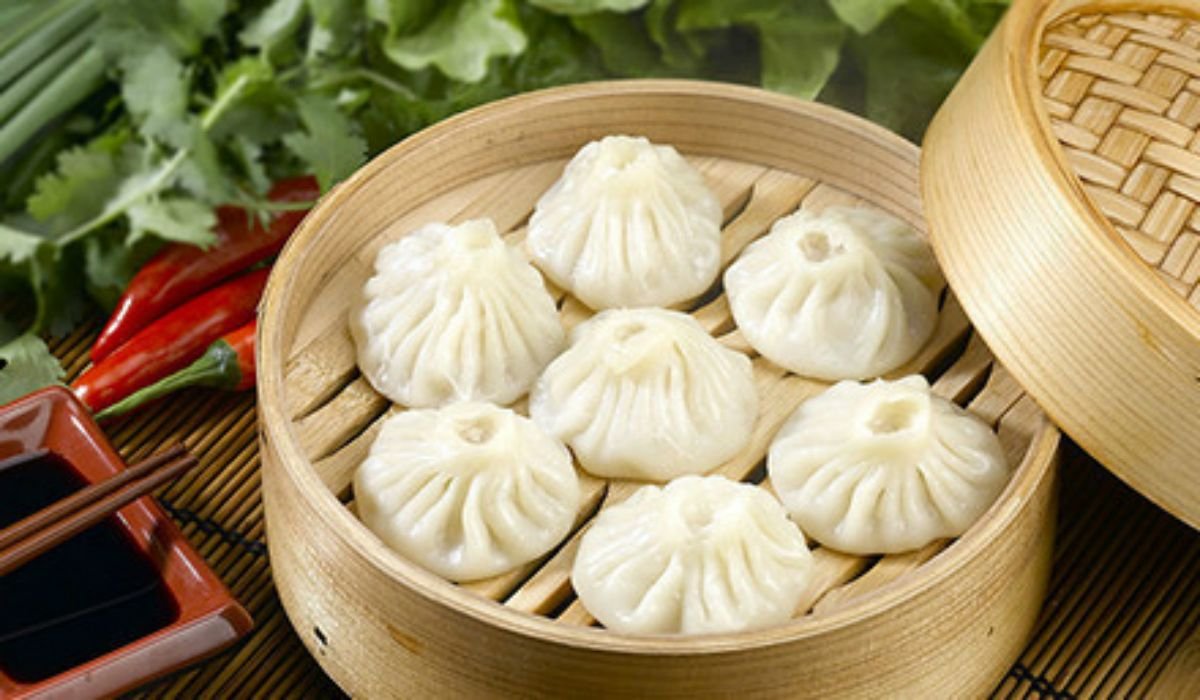Products
Umblachery
The Umblachery cattle is a draft breed of the zebu type, used mainly for agricultural work. It is an indigenous breed of domestic cattle in India. And the breed is native to the coastal plains of Nagapattinam and Tiruvarur districts in the state of Tamil Nadu in South India.
Actually the male Umblachery cattle are used for agricultural purposes such as carting and ploughing. They are very suitable for working in marshy rice fields of eastern districts of Tamilnadu. And milk from the cows is utilized for home consumption. The breed is also known by some other names such as Jathi madu, Mottai madu, Southern Tanjore and Therkuthi madu.
milk
Dairy plants are found all over the world, but because their sizes and the types of manufactured products vary tremendously, it is hard to give general characteristics. The dairy industry can be divided into several production sectors. Each division produces wastewater of a characteristic composition, depending on the kind of product that is produced (milk, cheese, butter, milkpowder, condensate)
A white or yellowish emulsion secreted by the mammary glands of female mammals for suckling their young and usually consisting of fats, proteins, sugars, vitamins, and minerals suspended in water.Any liquid like this, as the juice of various plants or fruits (e.g., coconut milk), or any of various emulsion.
Bread
Bread is a staple food prepared from a dough of flour and water, usually by baking. Throughout recorded history it has been popular around the world and is one of the oldest artificial foods, having been of importance since the dawn of agriculture.
As a result, types, shapes, sizes, and textures of breads differ around the world. Bread may be leavened by processes such as reliance on naturally occurring sourdough microbes, chemicals, industrially produced yeast, or high-pressure aeration. Some bread is cooked before it can leaven, including for traditional or religious reasons. Non-cereal ingredients such as fruits, nuts and fats may be included. Commercial bread commonly contains additives to improve flavor, texture, color, shelf life, nutrition, and ease of manufacturing.
paneer
A vegetarian delight, paneer also known as cottage cheese is a soft, white, crumbly cheese which is used widely in continental, oriental and Indian cuisines. It's simple, fresh versatile flavour makes it a delicious addition to any recipe. Paneer can be made at home by boiling whole milk. An ingredient with acidic properties is added to coagulate the milk. The whey water formed is either discarded or used in various preparations and the cheese is harvested.
Mash paneer with fingers to attain a rough, uneven texture. Mashed Paneer can be used to make soft balls either added to savoury or sweet preparation.Cut down the paneer in half lengthwise. Place the flat side of one half paneer on the cutting board, using the knife make vertical cuts, at a right angle to the cutting board. Cut down through the rest of the paneer in similar manner of the desired thickness
ghee
Ghee is the pure butterfat left over after the milk solids and water are removed from butter. It's used widely in Indian cooking, and ghee is the Hindi word for fat. Ghee might as well be a synonym for clarified butter, although there is one slight difference.
The only difference is that in some traditions, ghee is simmered for a little while, thus browning the milk solids and adding a slightly nutty flavor to the finished product. Not all ghee recipes necessarily specify the browning of the milk solids, however, so for all practical purposes, ghee is clarified butter with an Indian name.
curd
Curd has a special place on the plate and palate of India. No Indian meal is complete without some form of dahi showing up on the table. The product of the lactic fermentation of milk, curd is esteemed for both its smoothness and refreshing taste. When making curd at home use only pure milk. Before it curdles, milk should be boiled for about 10 minutes and the temperature should be brought down to a lukewarm state.
Freshly cultured starter should be then added and mixed thoroughly with the milk. 1 teaspoon of starter is sufficient enough for 55 m1 bowl of milk. The quality of the curd depends to a great extent on the starter used. In summer, milk curdles easily in about 6 to 8 hours but in winter it could take between 10 to 12 hours, hence ensure that it is kept in a warm place.




























